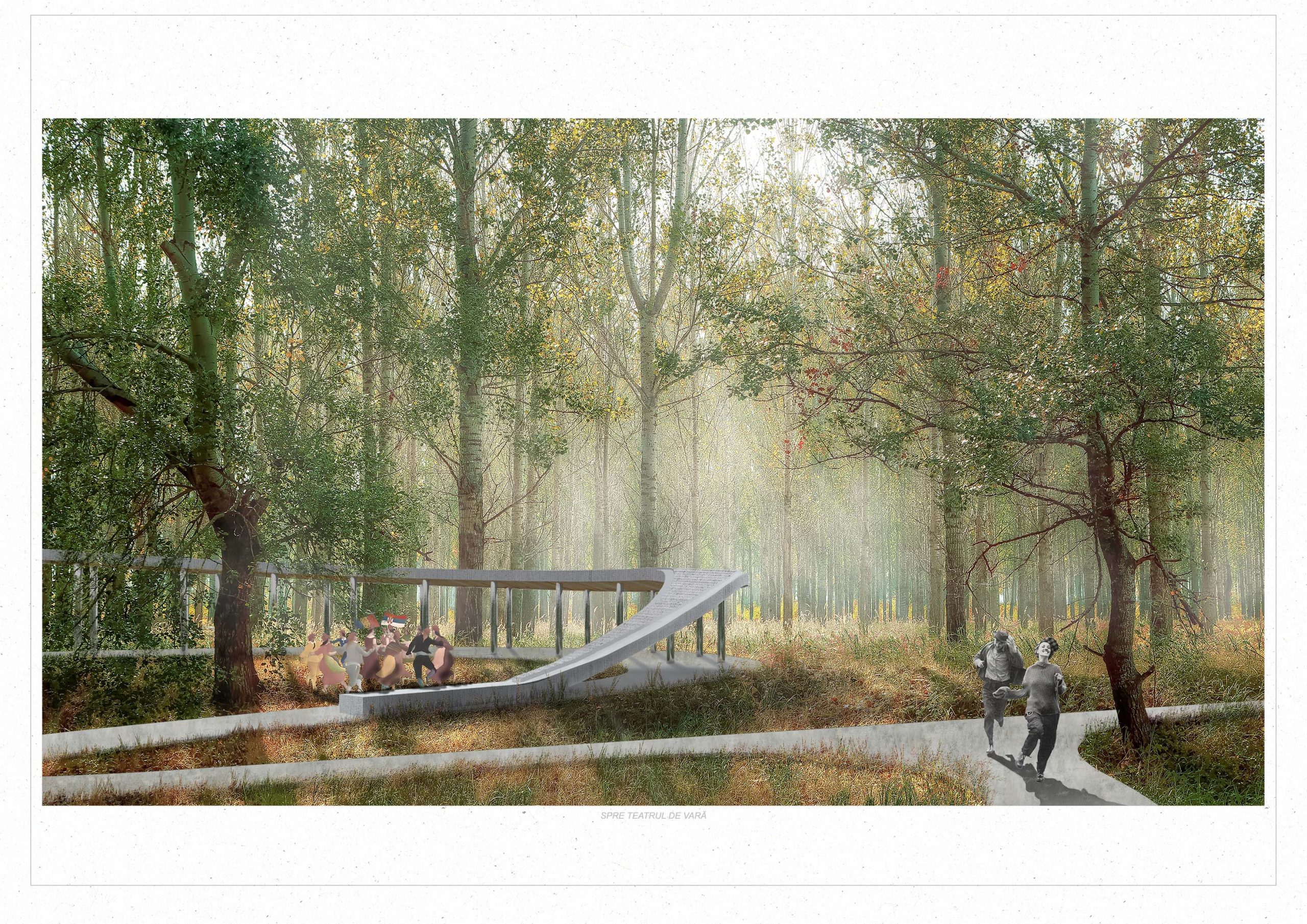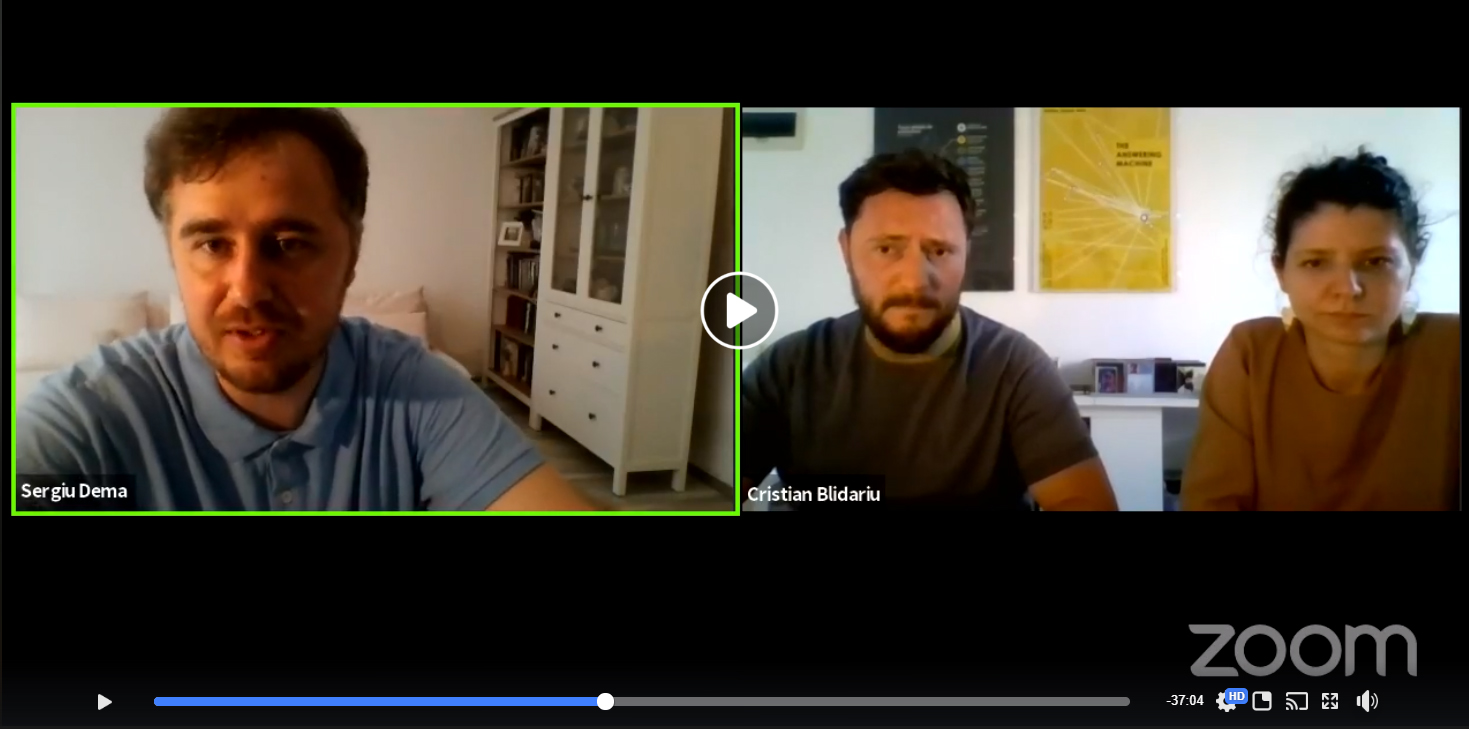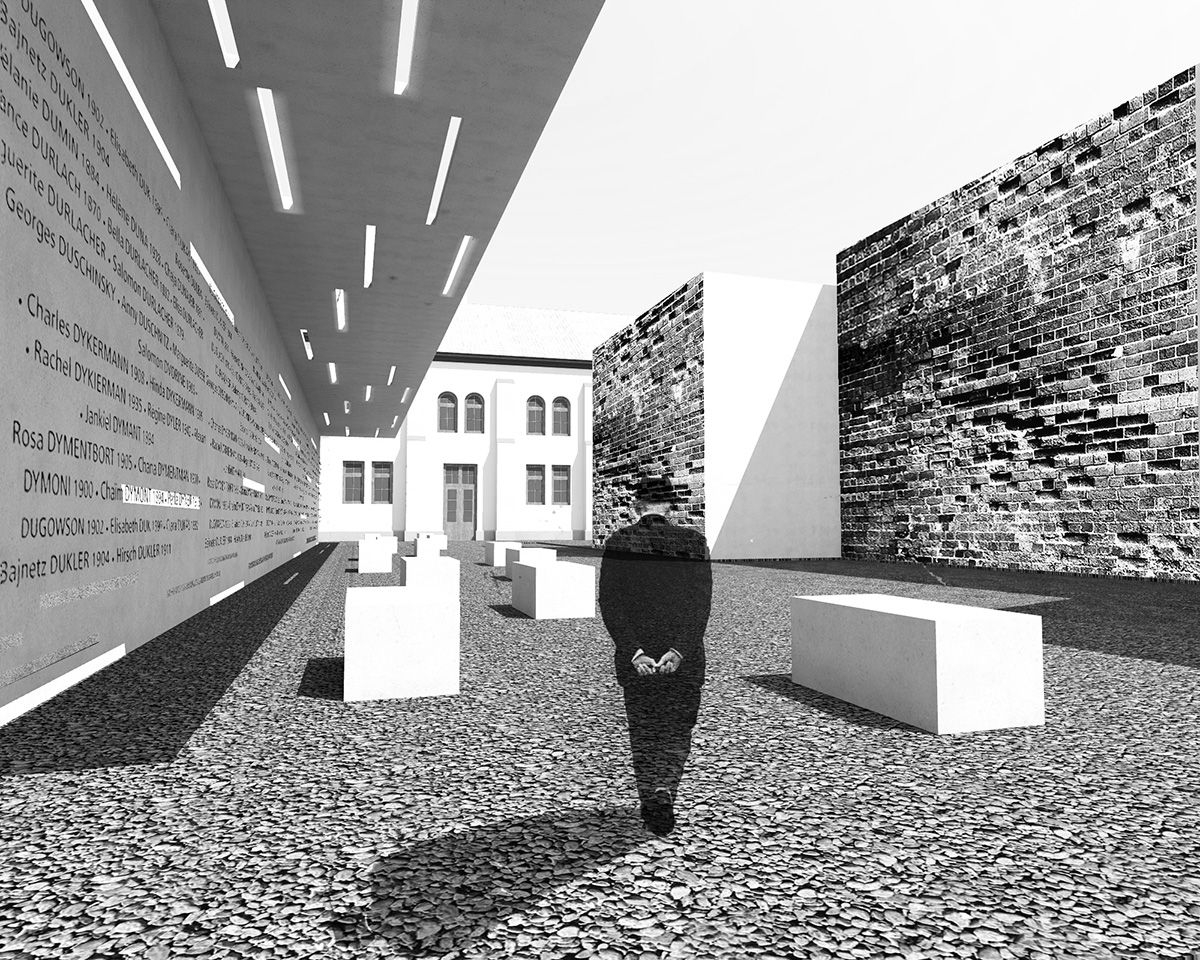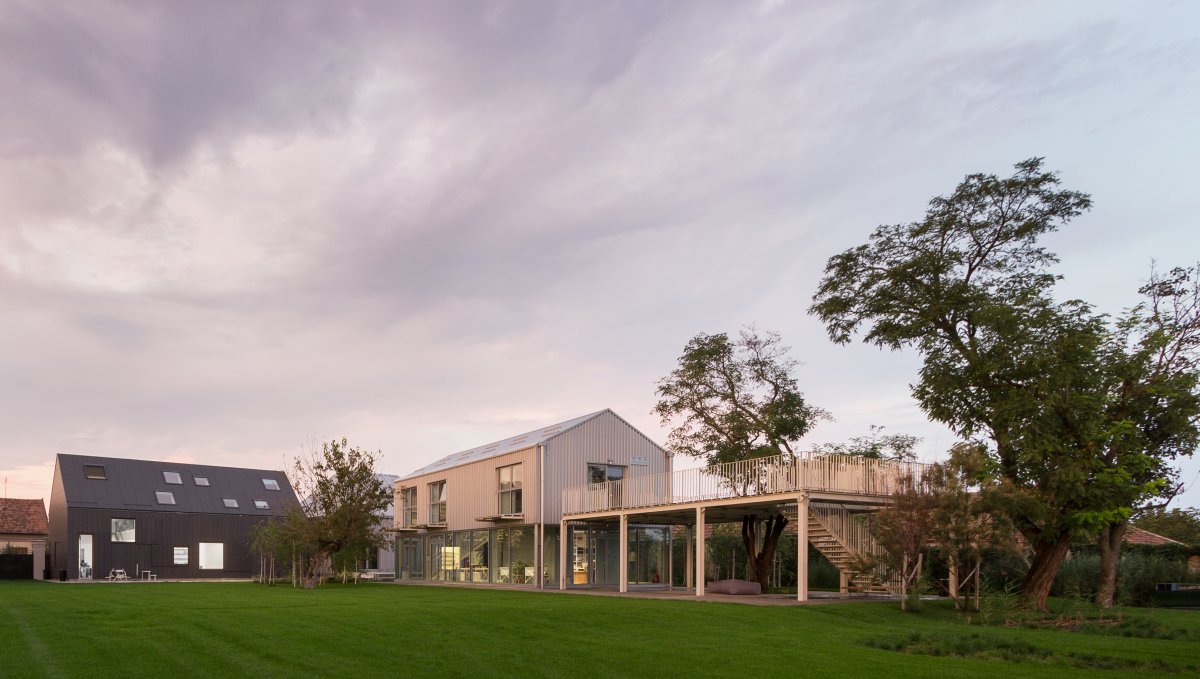
Towards digital thinking in architecture
We continue our posts highlighting the work of our partners by looking at the Digital Design Center at the Faculty of Technical Sciences,
University of Novi Sad.
Digital Design Center at the Faculty of Technical Sciences, University of Novi Sad, is one of only a few research centers in the Balkan region dedicated to the implementation, evaluation and education of digital technologies in architecture. With achievements spanning from being recognized by the Association for Robots in Architecture as the only research center in the region practicing robotic fabrication in architecture to having more than twenty diverse, experimental and commercial projects in its ledger, Digital Design Center has shown the consistency with which it tackles contemporary implementation of digital technologies in architecture. But how did it all begin?
New Design Thinking in Architecture
In the late 2000’s, we recognized the growing expansion of novel architectural approaches mainly focusing on the digital technologies and computation. Digitally empowered design is essentially different from the traditional approach to architectural design. The digital modeling, analysis, simulation tools and production methods are the base to achieve design solutions that could not be created without it. In that way, digital technology has become an integrated part of the design.
Having spent most of our education drafting, modeling and rendering, we noticed that these actions were far from being computation pinnacles and instead opted for exploring the new digital techniques and design approaches on our own.
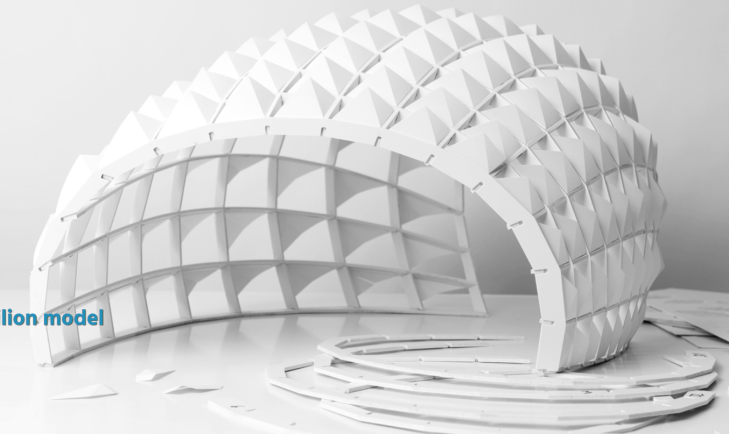

Experimental Projects
One of our starting projects dealt with small experimental scale pavilion fabrication, conducted by our colleagues Bojan Tepavcevic and Dejan Mitov, which explored novel concepts in assembly (The Triangle Pavilion on the left) and performance based design coupled with material fabrication (The Hedgehog Pavilion on the right). From that moment onwards, we decided to pull our resources and explore a myriad of approaches regarding digital design with a interdisciplinary team. One of our colleagues, Vesna Stojakovic suggested organizing a team into a research center – Digital Design Center – which was founded in 2014. Competencies of the DDC’s interdisciplinary team include experimental projects, academic research and education and project driven research.

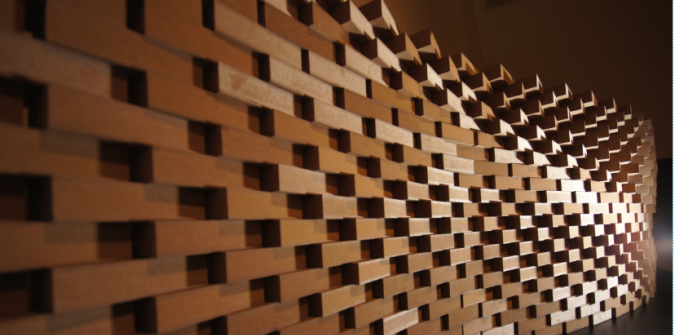
Academic Research
The notion of experimental projects and research endured with the following endeavors, diving deep into the application of robotic fabrication in architecture. Application of industrial robots in production of specific architectural designs has many advantages due to its high precision and high flexibility achieved with variety of end effectors which the robot arm utilizes to perform different tasks. Using a straight hotwire cutter, for example, allowed for exploration of curved ruled surfaces and panels out of polystyrene (puzzle shaped panels on the left), while suction tools enable brick laying into interesting stacks driven by image sampling (robotically fabricated brick wall on the right). The generated results were published in leading international journals and have been acquiring awards and acclamation from the relevant community at the RAAD (Robotics in Alpe Adria Danube Region) conferences since 2014.
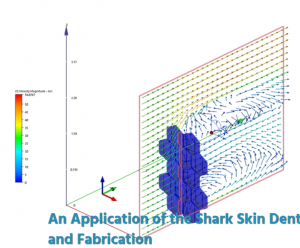
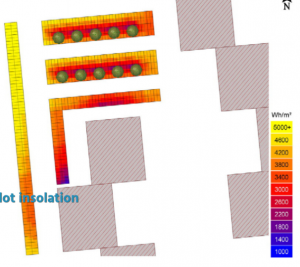
Along with fabrication, we explored the computational tools for simulating and analyzing different influences on the performance of the given structure or panel. This approach, popularly called performance based design, incorporates integrating shape optimisation in the design process. Shape can be optimised to match material properties, structural or other external influences. For example, brining a micro entity such as a dermal denticle, popularly called shark skin, onto a larger scale of a building enables the creation of such panels that can reduce wind impacts from up to 20 percent (on the left) while proper disposition of the trees can influence the thermal comfort at parking lots (visible on the right). The results were verified by the leading international journals nesting us and our work amongst the leading researchers in the field.
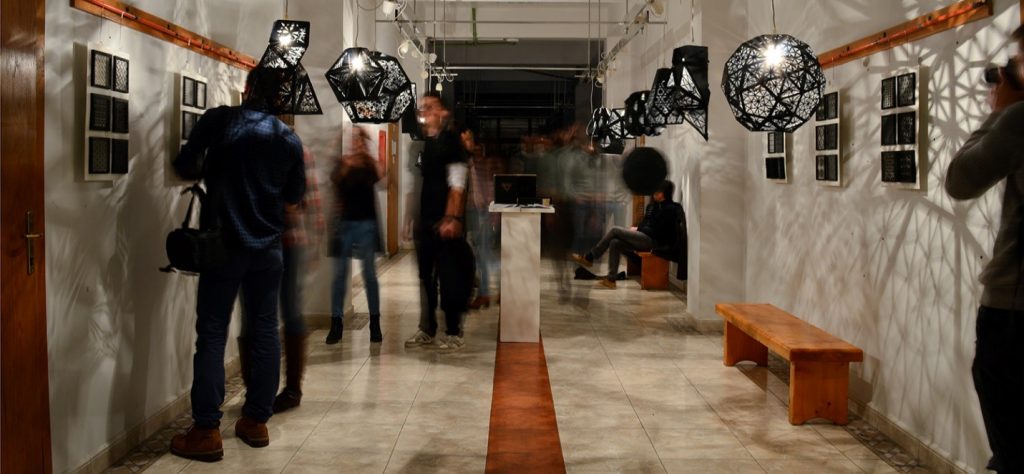
Computational Design in Architectural Education
With the acquired knowledge from experimental projects and academic research, we began thinking about disseminating digital design techniques and educating the future generations of students. The driving factor was the thought that what architects have studied 40 years ago cannot compare to what students are currently studying, given the rapid expansion of computation in contemporary architecture. Hence, we developed a specialized Master programme in the field of computational design and visualization: Digital Techniques Design and Production.
The exhibitions that are held to present the students’ work, for example the annual Digital Fabrication Exhibition (shown above), bring the ideas of digital design and visualization to bachelor level students and propagate the notion amongst other interested parties. Aside from University of Novi Sad, members of DDC team tutored workshops in other schools of architecture including Universidad de Alcalá Madrid, Sapienza University of Rome, Bialystok University of Technology, Technical University of Cluj-Napoca, Unitec Institute of Technology Auckland, New Zealand, University of Pécs.
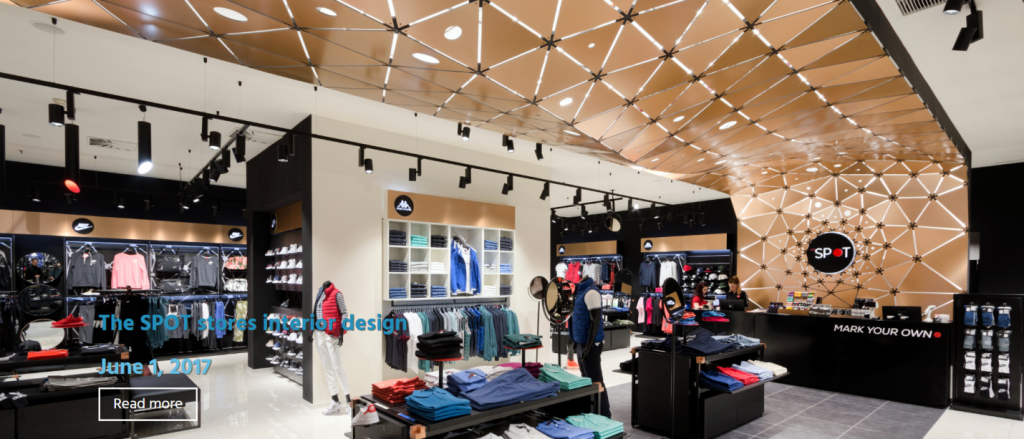
Project Driven Research
With the ideas being pushed forward through experimental projects, academic research papers, education and exhibitions coupled with online presence, commercial projects in collaboration with architectural bureaus that recognize the digital technologies as something interesting and prudent presented itself. Amongst many, the Spot Project (shown above) offered a very simple concept of using triangular panels and backlight, with parametric perforations to engage the visitor’s attention and bring focus to this interior highlight. A simple concept paired with digital tools has a powerful impact due to its ease of readability and intricate design approach.
The Future of Architecture in this Region is Digital
The recognition that we get with such projects opens other people to take a chance on digital technologies and allow for a better inception into the contemporary domestic architectural practice in the future. Our students and our team received opportunities to participate in local and international projects which are based on digital thinking or the utilization of digital fabrication technologies. In our opinion, the future of Banat region is digital. Digital thinking can help us contribute to architecture locally and globally at the same time.
text: Marko Jovanovic





